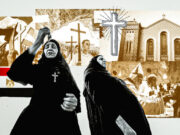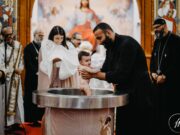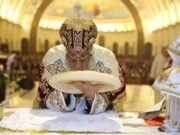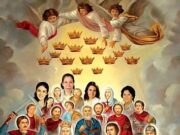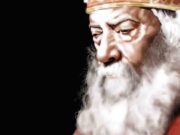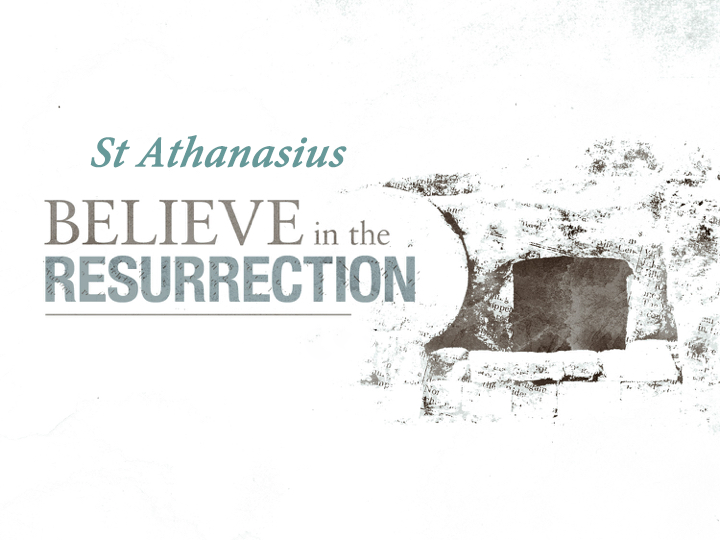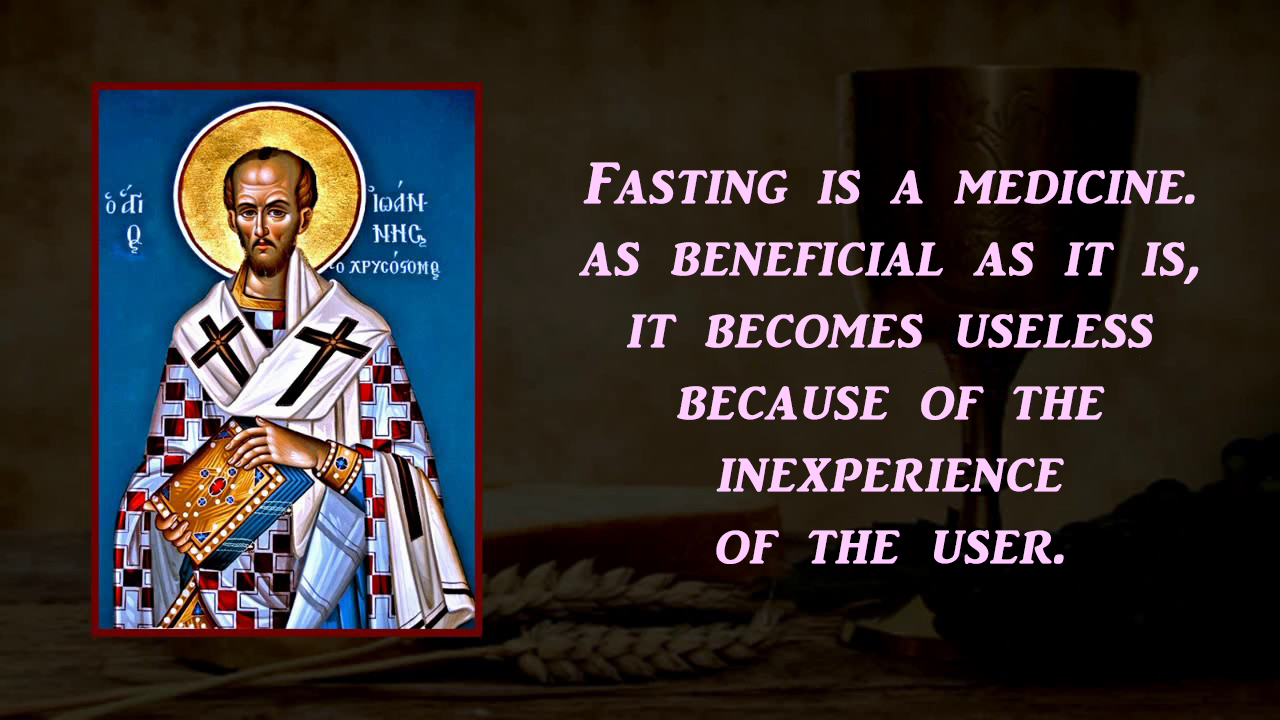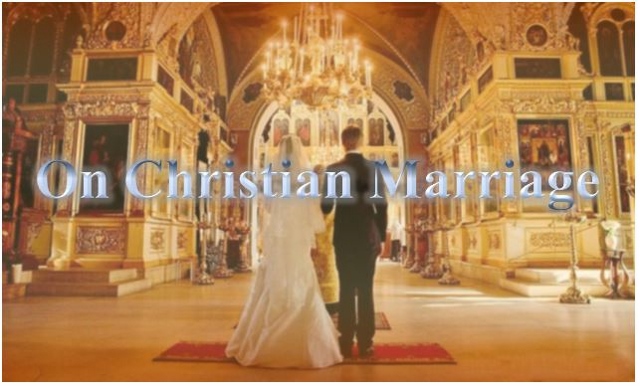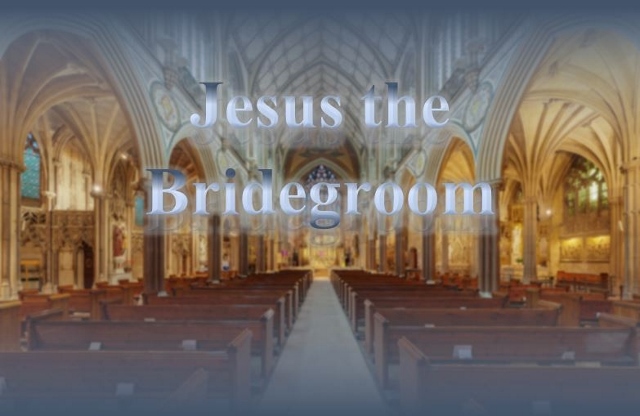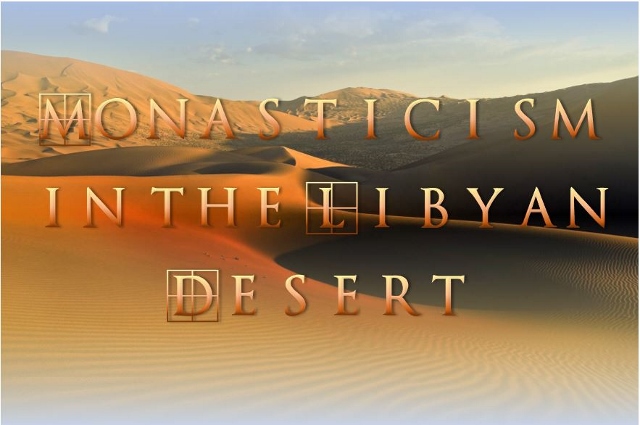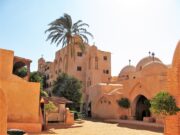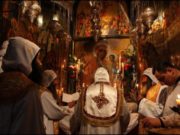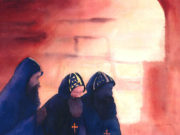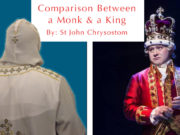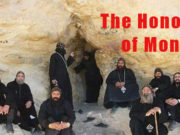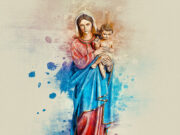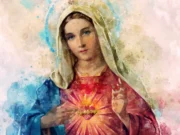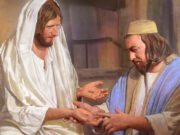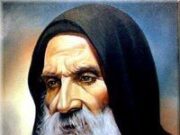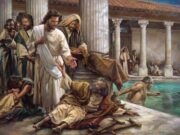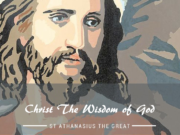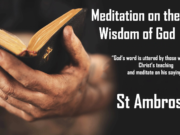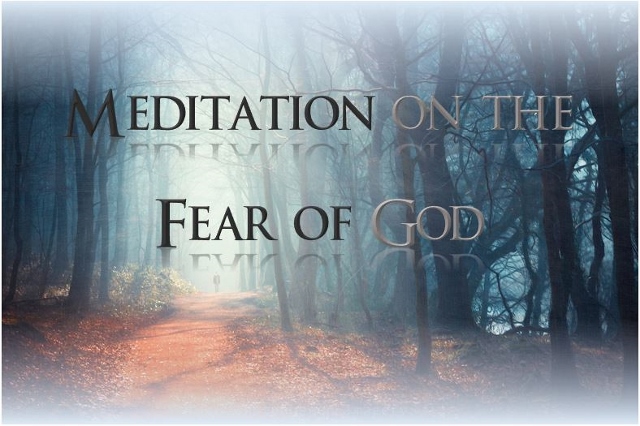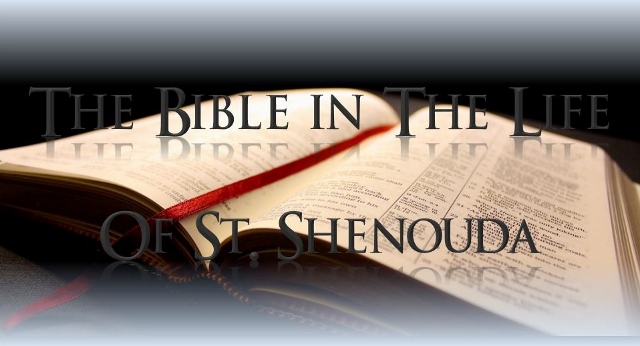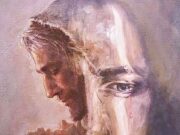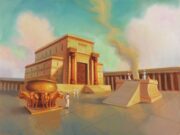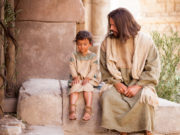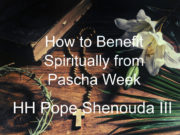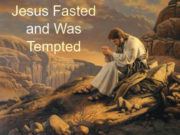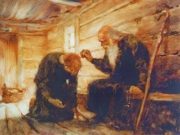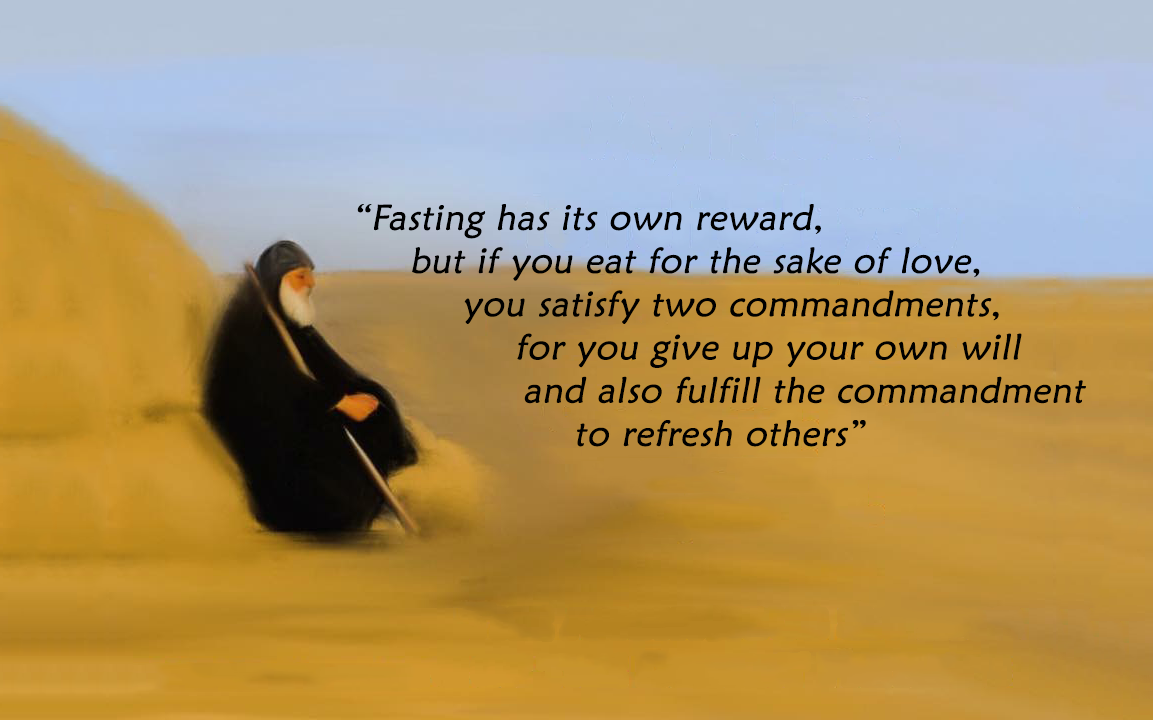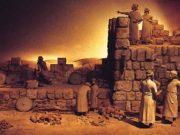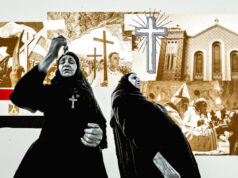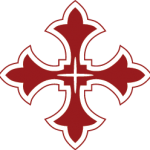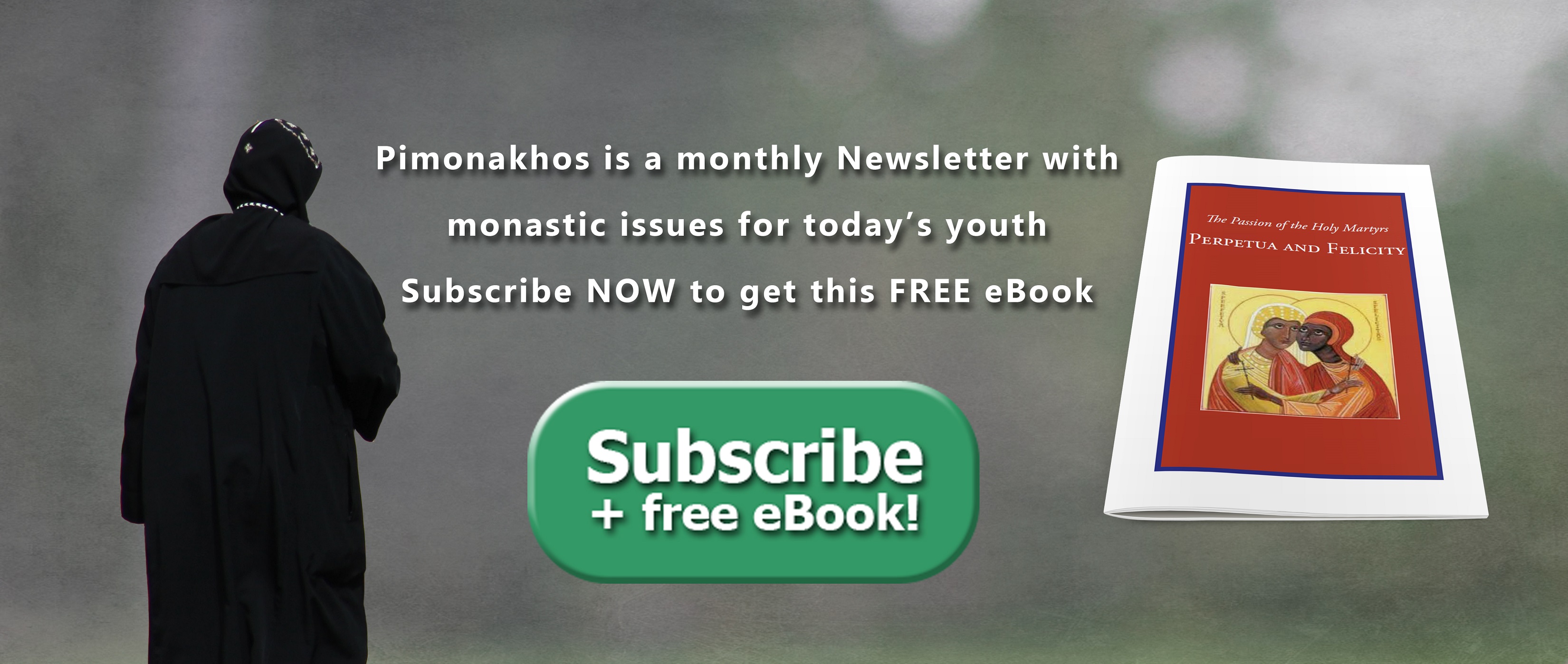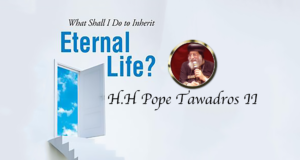Our beloved Mother St. Mary holds a very significant role in orthodoxy, and in no other period of the year do we venerate her more than during the Coptic month of Kiahk (10 Dec-8 Jan). The church is full of praise with mention of her ways and virtues to inspire us to lead a life of submission which she exemplified. She is placed in a position higher than all the saints, prophets, patriarchs, cherubim and seraphim. In his book, “On the Mother of God” St.Jacob of Serug talks about the value of the Virgin in the Christian life by saying; “Blessed of women by whom the curse of the Land was eradicated, and the sentence henceforth has come to an end. Modest, chaste and filled with beauties of holiness, so that my mouth is inadequate to speak a word concerning her” The Sunday theotokia is a portion of the midnight praise dedicated to the Virgin Mary. It is rich in symbols and titles ascribed to the Virgin as well as deep theological explanations. The Sunday theotokia is made up of fifteen parts and in each of these parts we see the repetition of the two phrases, “Wherefore everyone magnifies you, O my Lady the Mother of God, the ever holy. And we too, hope to win mercy, through your intercessions with the Lover of mankind” and “Wherefore we exalt you befittingly with prophetic hymnology; for they spoke of you with great honour, O Holy city of the great King; we entreat and pray that we may win mercy through your intercessions with the lover of mankind.” Through these, we praise the Virgin for her righteousness and ask for her intercessions which are highly regarded before the Saviour.
We repeatedly refer to the Virgin as “The holy city” and compare her to the Tabernacle as she held in her womb the holy of holies; Christ the Lord. Several titles of honour are ascribed to the St.Mary in the Sunday Theotokia and many of these have theological significance. One of the simplest yet most important is the term “Theotokos” (Mother of God) as it signifies both the divinity of Christ and the relationship between Jesus and St.Mary. Many contentions took place in history over the use of this title but the Orthodox church remained adamant in its stand on this issue. One of her other surnames is “Tai Shory” (The golden censer); by this, the church makes the association that she held the humanity of Christ (the coal) and his divinity (the fire) in her womb (the censer) without being burnt or overwhelmed. Similarly, she is referred to as “The second heaven” as she was the abode of God during the sacred pregnancy. Additionally, just like “The rod of Aaron” which budded and gave fruit without any planting or nurturing, St.Mary gave birth to the saviour without the seed of man and so is likened to this rod.
The church fathers made the association between the Virgin Mary and the Old Testament tabernacle. Just like the tabernacle, The virgin: Held the holy of holies; Her virginity is everlasting like the wood of the Ark that would not decay; Is the vessel of manna wherein the bread of life was held; Is like the candlestick of pure gold in the tabernacle, as she held the light of the world. In the Sunday theotokia, we say that all these symbols are proofs of “Your marvellous birth O Mary the virgin”. In the eighth part of the theotokia, the congregation sings aloud in praise to the virgin proclaiming many times “Shere ne Maria” (Hail to you O Mary). In every verse we mention some of the reasons why we praise her. For example because she is, the mother of the Lord, the joy of generations, the pride of Judah, grace of Daniel, power of Elijah etc. Throughout the Theotokia, although directed towards the Virgin, we continue to refer to the Lord Christ who is the centre of our every worship. He is the source of blessing that made St.Mary so honoured and is the aim of our prayer when we ask for her intercessions. The Coptic Church holds fast to the tradition of venerating the Virgin Mary and asking for her intercessions as much evidence of her assistance and strong prayers have been shown over many years. We are drawn to the life of humility and submission she lead and are urged to imitate her. Of her humility, St. Jacob of Serug says, “Daughter of poor ones who became the mother of the Lord of kings and gave riches to the needy world that it might live for him”. As she continues to appear to us both visibly and in various ways in our lives, we continue to sing praises to her, ask for her intercessions and beg her to open for us the gates of heaven.


